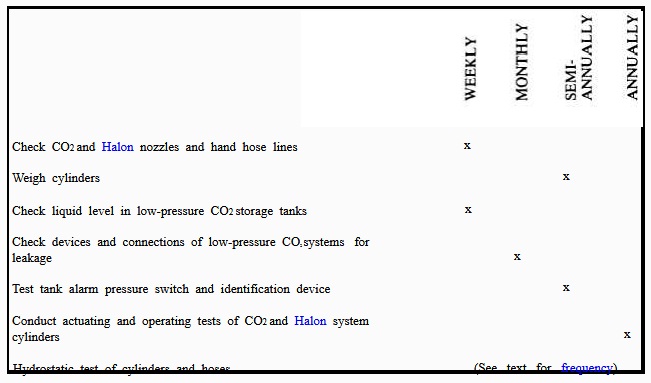Table 8-4. - Summary of Inspection and Test Frequencies for Gaseous Systems

Weigh cylinders with a beam scale or with a platform scale. To weigh with a platform scale, remove the cylinders completely from the rack and lift them on to the scale.
Test cylinders and hoses hydrostatically as follows:
Hydrostatically test cylinders to a minimum pressure of 3,000 psi. The frequency for testing is as follows:
If discharged after 5 years from date of last test, perform hydrostatic test.
If not discharged after 12 years from date of last test, discharge cylinder and perform hydrostatic test.
Hydrostatically test hoses to a minimum pressure of 1,250 psi. The frequency of testing is the same as for cylinders.
Carbon Dioxide Low-Pressure Systems
Check nozzles, pressure and level gauges, and for leaks in all devices.
Weekly, check to see that all nozzles are clear and in the proper position and that all operating controls are properly set. Check and record the reading on the liquid level gauge of all storage tanks. Refill tanks when the quantity is less than the minimum required to protect the largest single hazard, including any required reserve supply.
Monthly, check for leaks on all devices and connections under continuous pressure, including valve packing glands, screwed connections, and safety relief valves.
Semiannually, test the tank-alarm pressure switch and the operation of the alarm bell or light by reducing and increasing the pressure. Perform this test as follows:
Close valve on the piping from the vapor space to the alarm pressure switch.
Remove the test plug to reduce pressure.
Increase pressure by connecting a high-pressure cylinder to the test opening.
After testing, disconnect the high-pressure cylinder, replace the test plug, and reopen the valve on the alarm pressure switch piping.
If the bell or light fails to operate on the pressure test, repair or replace, and test again.
Check the liquid level and pressure gauges for accuracy once each year.Continue Reading
